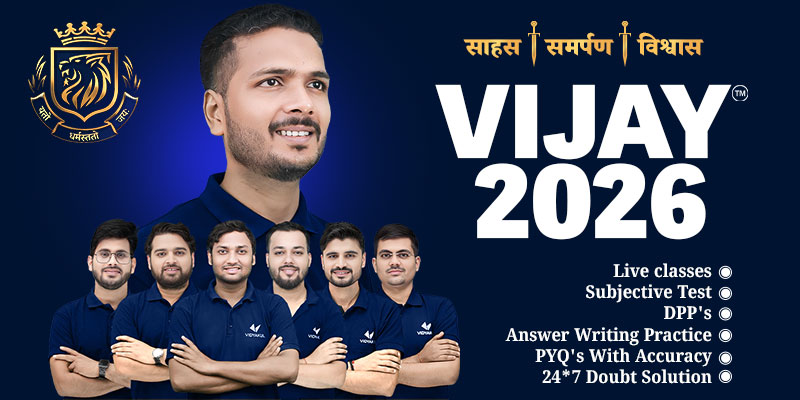UP Board - Class 12 physics - Chapter 9: Ray Optical And Optical Instruments Handwritten Notes
Ray optics, also known as geometrical optics, deals with the study of light as rays. It define the behavior of light in terms of reflection, refraction, and the formation of images by mirrors and lenses. Optical instruments are devices that use the principles of ray optics to manipulate and analyze light for various purposes, such as magnification or imaging.
Key Points:
Reflection of Light:
- When light strikes a surface and bounces back, it follows the laws of reflection:
- The angle of incidence equals the angle of reflection.
- The incident ray, reflected ray, and the normal lie in the same plane.
- Mirrors (plane and spherical) use reflection to form images.
- When light strikes a surface and bounces back, it follows the laws of reflection:
Refraction of Light:
- Refraction is the bending of light as it passes from one medium to another due to a change in its speed.
- The laws of refraction include:
- The incident ray, refracted ray, and normal lie in the same plane.
- The ratio of the sine of the angles of incidence and refraction is constant (Snell’s law).
Lenses:
- Lenses are transparent optical elements that refract light to form images.
- Convex Lenses: Converge light rays to a focal point and are used for magnification.
- Concave Lenses: Diverge light rays and are used to correct vision defects.
Image Formation by Mirrors and Lenses:
- Mirrors and lenses produce images that can be real or virtual, magnified or diminished, upright or inverted, depending on the object's position relative to the focal point.
Optical Instruments:
- The Human Eye: A natural optical instrument that uses a convex lens to focus light on the retina.
- Microscope: Magnifies small objects by combining lenses to increase angular magnification.
- Telescope: Designed to view distant objects by collecting and focusing light. It can be refracting (uses lenses) or reflecting (uses mirrors).
Phenomena Explained by Ray Optics:
- Total Internal Reflection: When light traveling from a denser to a rarer medium is reflected back entirely at the boundary. Used in optical fibers and diamonds.
- Dispersion: The splitting of white light into its constituent colors when passing through a prism.
Applications of Optical Instruments:
- Optical instruments are widely used in medical fields (endoscopes, microscopes), astronomy (telescopes), photography (cameras), and everyday vision correction (glasses and contact lenses).
Conclusion:
Ray optics and optical instruments form the basis of understanding light behavior and its practical applications. From simple mirrors to complex microscopes and telescopes, these concepts are integral to various fields like medicine, astronomy, photography, and daily life. The study of ray optics continues to advance modern technology, improving how we observe and interact with the world.
Physics के सभी Chapters के Handwritten Notes के लिए अभी Download करें Vidyakul App - Free Download Click Here




